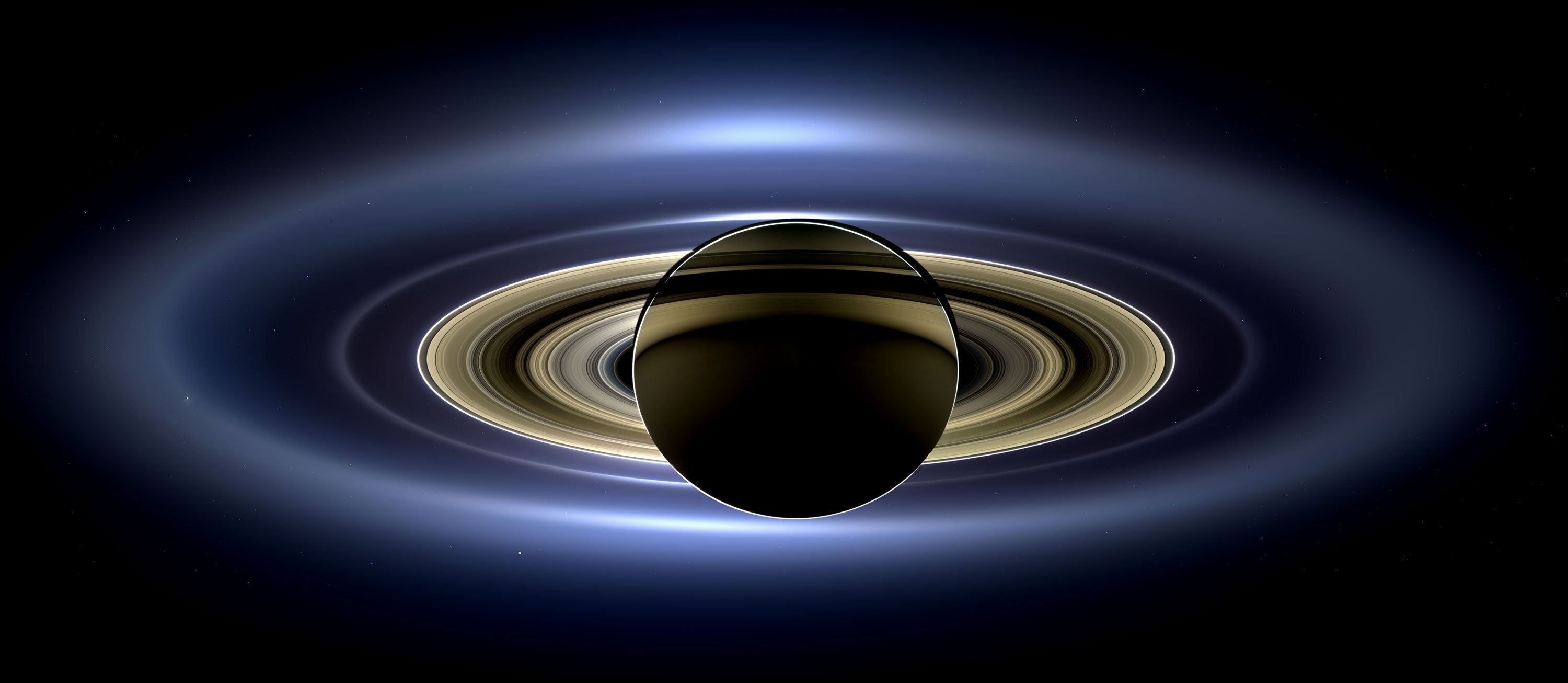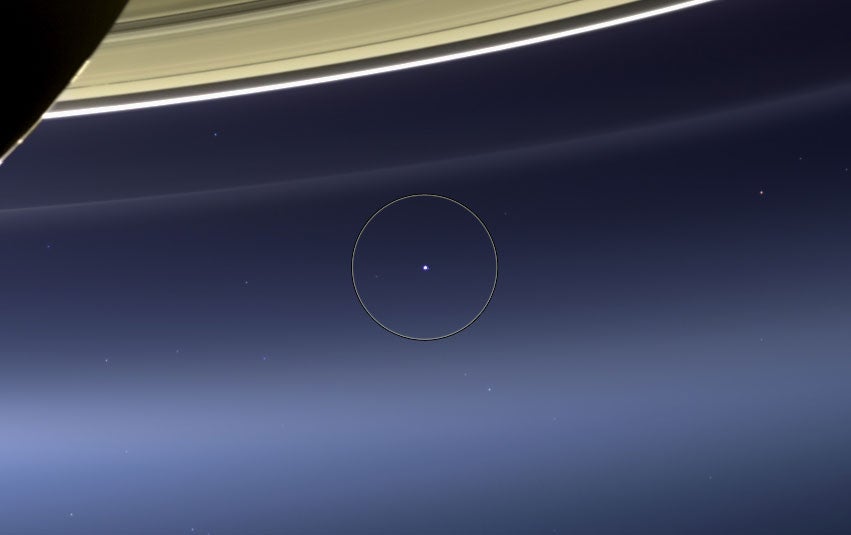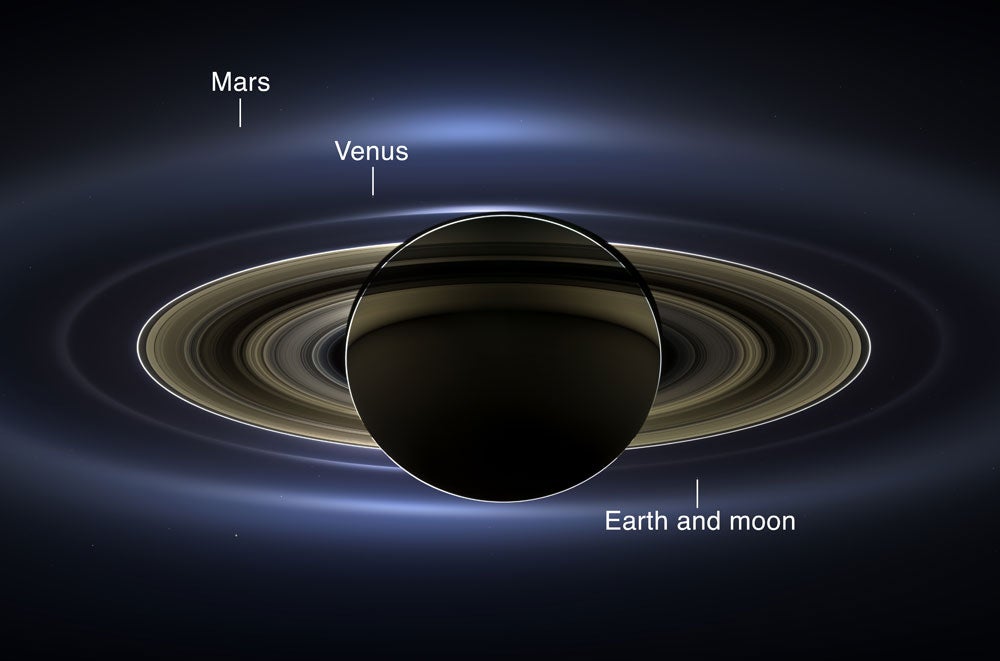Nasa's spectacular image of Saturn shows 'the day the Earth smiled'
The image above (click for full screen) was taken from within the shadow of Saturn and shows an area 404,880 miles (651,591 kilometers) across.

Your support helps us to tell the story
From reproductive rights to climate change to Big Tech, The Independent is on the ground when the story is developing. Whether it's investigating the financials of Elon Musk's pro-Trump PAC or producing our latest documentary, 'The A Word', which shines a light on the American women fighting for reproductive rights, we know how important it is to parse out the facts from the messaging.
At such a critical moment in US history, we need reporters on the ground. Your donation allows us to keep sending journalists to speak to both sides of the story.
The Independent is trusted by Americans across the entire political spectrum. And unlike many other quality news outlets, we choose not to lock Americans out of our reporting and analysis with paywalls. We believe quality journalism should be available to everyone, paid for by those who can afford it.
Your support makes all the difference.Nasa has released a new photograph of Saturn described as “perhaps the most unusual image ever taken in the history of the space programme”.
Taken four months ago from the Cassini spacecraft, the image - actually a mosaic of images - shows Saturn eclipsing the sun, with Mars, Venus and Earth all appearing as tiny dots besides the second largest planet in the solar system.
The photograph is partly a tribute to the famous “Pale Blue Dot” image taken by the Voyager 1 spacecraft in 1990. As the craft prepared to leave the solar system US astronomer Carl Sagan requested that it take a “last look back”, photographing the Earth as a “fraction of a dot” in the vastness of space.
“Consider again that dot,” wrote Sagan in 1997. “That's here. That's home. That's us. On it everyone you love, everyone you know, everyone you ever heard of, every human being who ever was, lived out their lives.”
This recent photograph shows something similar, with the Earth appearing as a blue dot (bright, perhaps, rather than pale) towards the bottom right of the image underneath Saturn and its rings.

However, the day the image was taken (19 July) also coincided with an event called ‘The Day The Earth Smiled’ which encouraged people the world over to gather their friends, and go outside to consider their place in the universe:
“I hope, at the appropriate time […] that you stop what you're doing, go outside [and] contemplate the utter isolation of our world in the never-ending blackness of space, relish its lush, life-sustaining beauty, appreciate the rarity it is among the Sun's planets, and marvel at your own existence and that of all life on planet Earth.”
Dr Carolyn Porco, who organised the event and was instrumental in capturing the original Pale Blue Dot image, described the photograph for the BBC as capturing "the very moment, frozen in time, when the inhabitants of our planet took a break from their normal activities to go outside and acknowledge our "coming of age" as planetary explorers."
"I hope long into the future, when people look again at this image, they will recall the moment when, as crazy as it might have seemed, they were there, they were aware, and they smiled," writes Dr Porco.

Click here to visit Nasa's website and learn more about the photograph.
Join our commenting forum
Join thought-provoking conversations, follow other Independent readers and see their replies
Comments